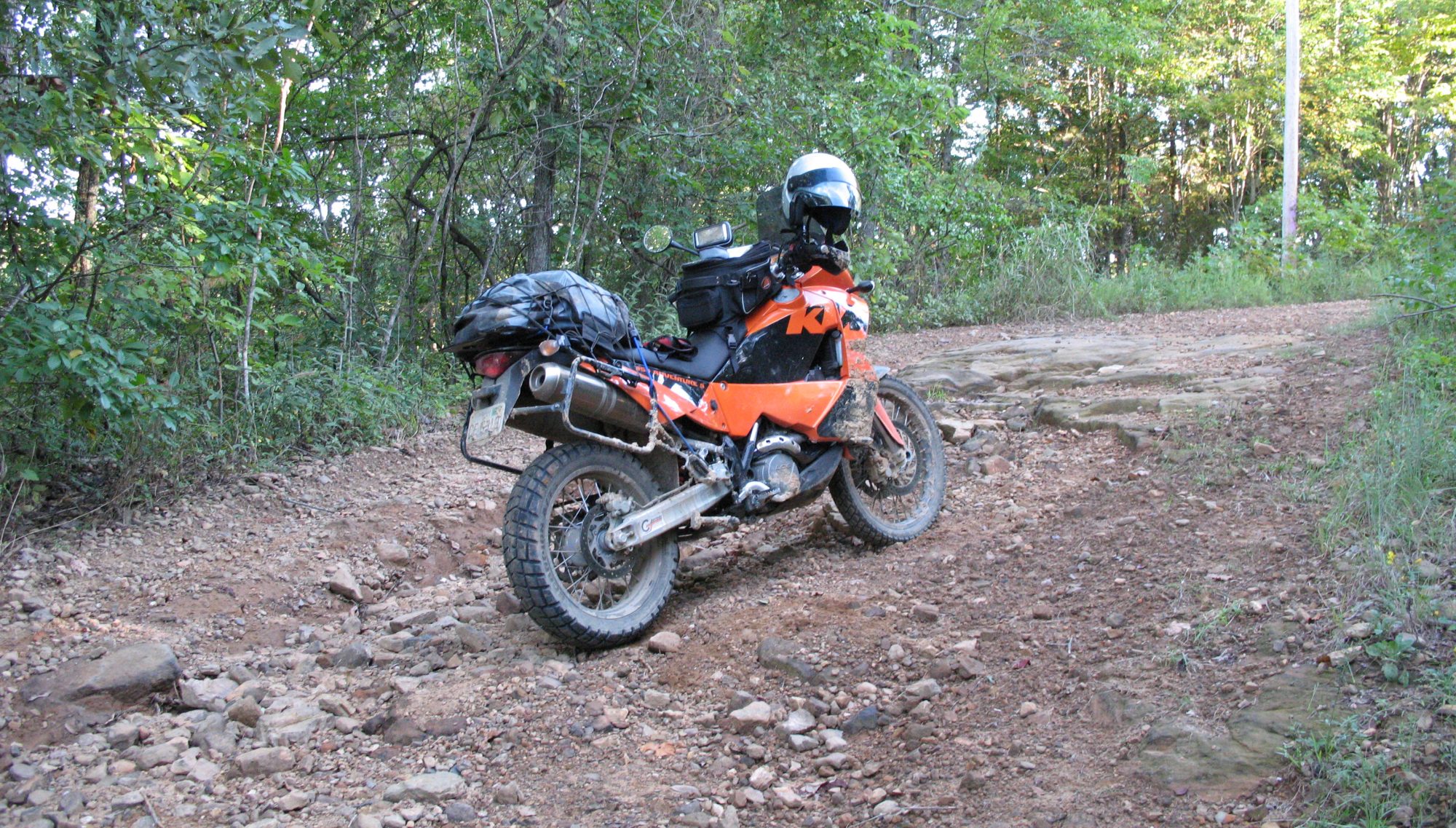Installed the Cuissi Inox bottle cage (thanks, Rob), and the Campagnolo crank bolt covers.
Ground about 3mm off the seatpost binder bolt recessed nut, filed it smooth, and installed it. Greased the seatpost and installed it. Clamped the SA white saddle to the seatpost and sort-of aligned it. Tightened the clamp bolts but it will need to be set to the right place once the bars are on. The white saddle looks great with the blue frame and the white decals.
The bearings and the brake lever ferrules are supposed to be delivered on Saturday, they are the last parts I’m waiting for to finish the build. Getting it ready for the maiden voyage should take a couple of hours.
The headset bearings were delivered a couple of days earlier than initial estimates. Under-promise and over-deliver is alive and well – but no complaints. I replaced the 5/32 bearings with 3/16 bearings, and quickly noticed that the lower race wasn’t in the correct place in the lower cup. That meant that this headset uses 5/32 bearings, which is what I had. After texting back and forth with a knowledgeable bike guy (thanks, Bob) I learned that 5/32 is in fact correct, and that I had not used the correct number of bearings. I fixed that error and the headset is much better.
Installed and adjusted the stem and bars. Pretty easy and quick once the headset was sorted out.
Next is the brake hoods. I lucked onto a set of NOS Campagnolo white brake lever hoods a few months ago and picked them up, knowing I would use them on this build. Installing the hoods was an exercise in frustration and anxiety, since older hoods are known to tear when stretched, and you must stretch them to get them onto the brake levers. Another knowledgeable bike guy (thanks, Scott) suggested putting the hoods in very hot water, allowing them to become more pliable, and then sliding them onto the lever body. It worked – no tears and they’re in place on the levers. Slid the levers onto the bar, positioned them to what I think is the proper place, and tightened them down.
Ran the brake housing for the rear brake, left of the stem and up under the bars then down to the lever. Checked lock to lock bar turns without any binding, and cut it length. Installed the cable and clamped it in place. Rear brake is braking.
Ran the brake housing for the front brake, make the housing loop the same height as the rear brake housing, cut it to length, installed the cable, clamped it in place, and we have front braking.
It’s ready for a test ride. Rechecked the fasteners to be sure they’re tight, and rode down to the neighbor’s house and back. There is a bump in the front rim that I noticed while braking – I might be able to repair that but if not, I was going to relace the hubs to new rims anyway. I just might have to move that project up earlier on the calendar.
The levers seem to be correct, but I want to get some miles in before I decide that for sure. Once that’s settled, I’ll wrap the bars and the Pinarello will be finished. Thank you for following along with this project.
